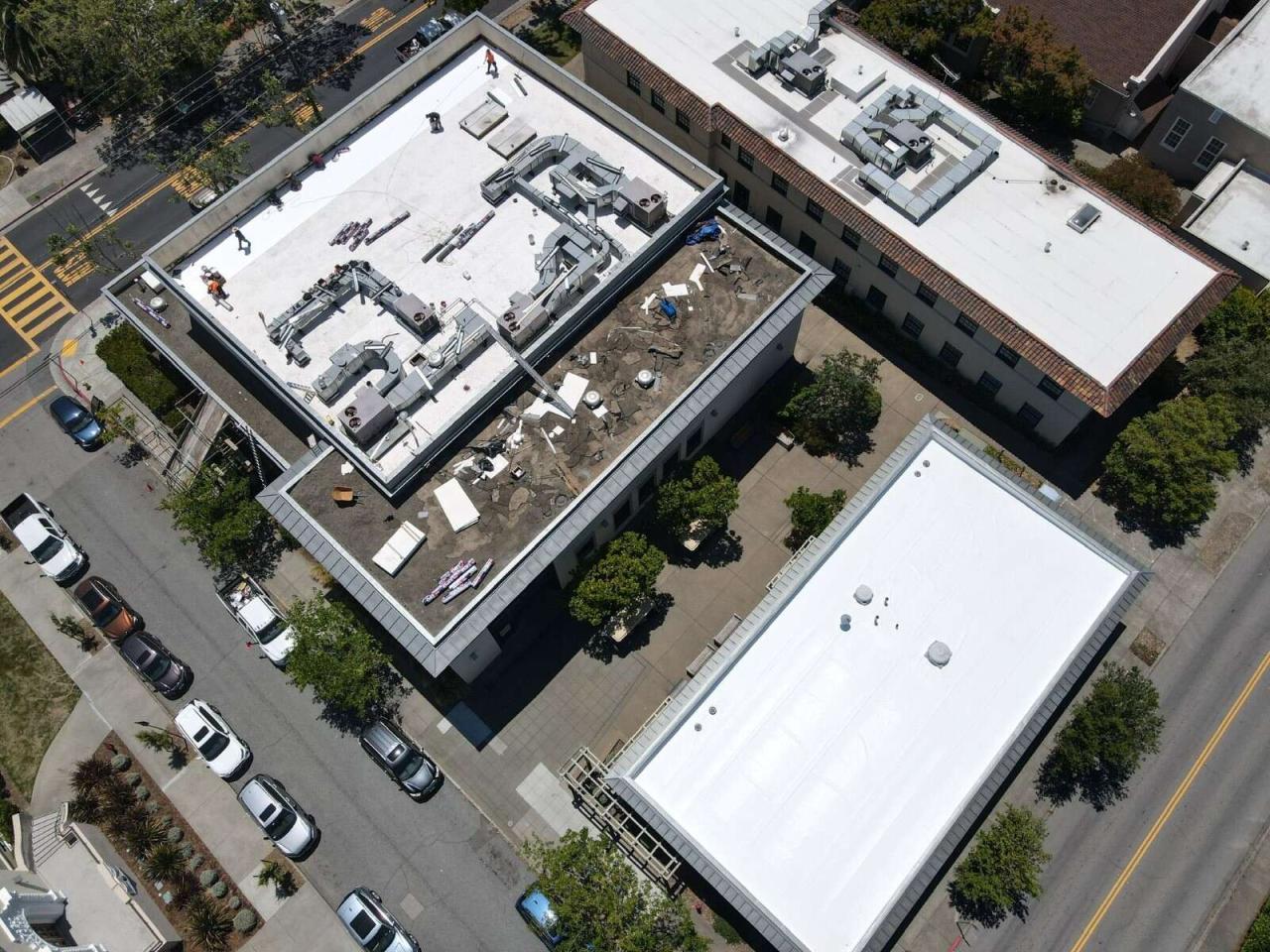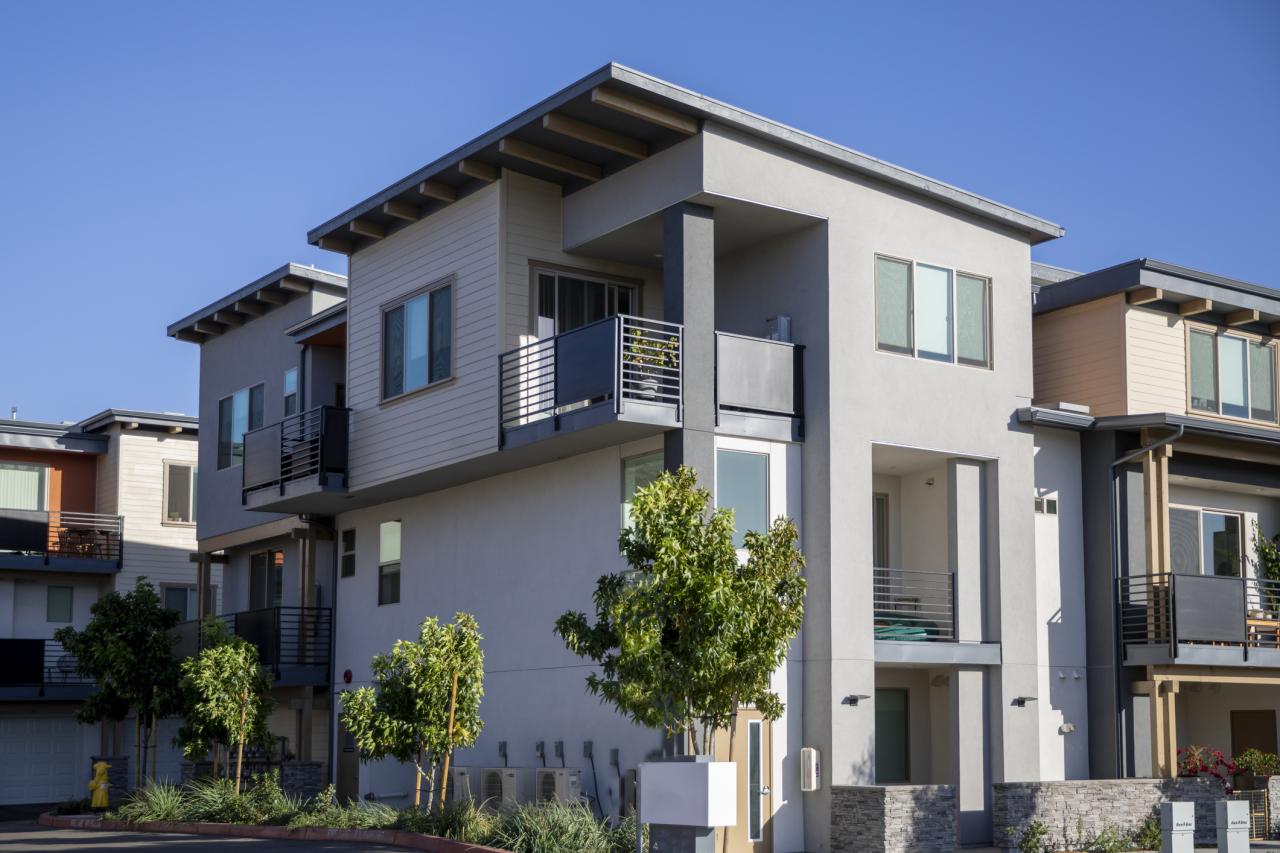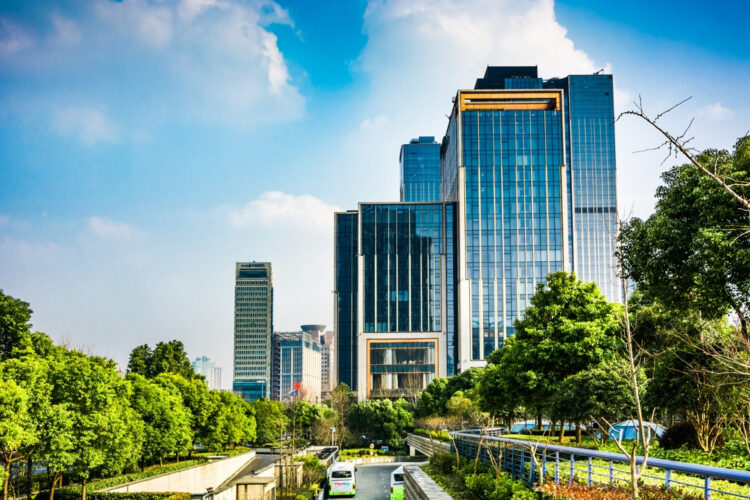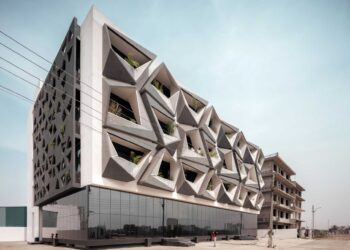Future-Proofing Commercial Properties
The commercial real estate market is in a state of constant evolution, driven by shifts in technology, workforce dynamics, and global sustainability mandates. For investors and property owners, the traditional model of building and managing commercial spaces is no longer sufficient. To maintain a competitive edge and secure long-term value, properties must be future-proofed, a strategic approach that anticipates and adapts to a rapidly changing world. This isn’t just about minor upgrades; it’s about fundamentally redesigning and managing buildings to be intelligent, resilient, and human-centric. This article will delve into the core principles of future-proofing, exploring how embracing technology, prioritizing sustainability, and fostering occupant well-being are not just trends, but essential investments that will define the most valuable commercial assets of tomorrow.
The concept of a static, unchangeable building is a relic of the past. Today’s most successful commercial properties are dynamic ecosystems that can evolve with the needs of their occupants and the demands of the market. This shift is driven by a new generation of tenants who prioritize flexibility, health, and environmental responsibility, and by investors who seek stable, low-risk assets in an increasingly volatile world. This comprehensive guide will break down the strategies for future-proofing commercial properties, from the initial design phase to ongoing operational management, revealing how these investments yield significant returns in the form of higher occupancy rates, increased rental premiums, and enhanced long-term asset value.
I. Embracing the Smart Building Revolution
At the heart of future-proofing is the integration of advanced technology. A smart building is not just a building with gadgets; it’s a living, breathing system that uses data to optimize performance and create a seamless experience for its users.
A. Integrated Building Automation Systems (BAS): A Building Automation System (BAS) is the central nervous system of a modern commercial property. It integrates and automates the control of critical functions such as heating, ventilation, air conditioning (HVAC), lighting, security, and access control. A well-designed BAS allows property managers to monitor and adjust systems in real-time from a single dashboard. For example, a BAS can automatically adjust the HVAC system in different zones of an office based on occupancy sensors, ensuring comfort while dramatically reducing energy waste during off-hours or in unoccupied areas. This level of granular control is crucial for operational efficiency.
B. The Power of IoT and Data Analytics: The Internet of Things (IoT) has brought a new dimension to building management. By embedding sensors throughout a property, managers can collect vast amounts of data on everything from air quality and light levels to foot traffic and equipment performance. This data is not just for observation; when analyzed, it enables predictive maintenance. Instead of waiting for a system to fail, property managers can use data to anticipate and address potential issues before they cause costly downtime. For instance, sensors on an elevator motor can detect subtle changes in vibration, signaling a potential malfunction and allowing for a repair to be scheduled before a breakdown occurs, a prime example of future-proofing in action.
C. Touchless and Frictionless Experiences: The post-pandemic world has accelerated the demand for touchless and hygienic environments. Future-proofed buildings incorporate technology that provides a frictionless experience for occupants. This includes:
- Biometric or Mobile Access: Tenants can use their fingerprints, facial recognition, or a mobile app to enter the building and access different floors or private offices, eliminating the need for traditional keycards.
- Smart Elevators: These systems use destination dispatch technology to group passengers going to the same floor, reducing wait times and energy consumption.
- Automated Lighting and Climate Control: Occupants can use their smartphones to control the lighting and temperature in their personal space, offering a level of customization and convenience that enhances the user experience.
 II. Prioritizing Sustainability and Resilience
II. Prioritizing Sustainability and Resilience
The financial and reputational risks associated with unsustainable practices are growing. Future-proofing a commercial property means making a commitment to environmental stewardship and resilience in the face of climate change.
A. Achieving Net-Zero Energy (NZE): The goal of a Net-Zero Energy (NZE) building is to produce as much renewable energy on-site as it consumes annually. This is achieved through a combination of a highly efficient building envelope, passive design strategies, and on-site renewable energy generation, typically with solar panels. An NZE building is a highly desirable asset for investors as it is insulated from volatile energy costs and appeals to a growing number of environmentally conscious tenants. It also often qualifies for significant tax credits and government incentives.
B. Water Conservation and Management: Smart water systems are a critical component of a sustainable property. These systems monitor water usage, detect leaks, and can manage rainwater harvesting for non-potable uses like landscaping and toilet flushing. The financial savings from reduced water consumption and the avoidance of costly water damage are significant. Furthermore, a property with a strong water conservation plan is viewed as a more responsible and resilient investment.
C. Designing for Climate Resilience: Future-proofing means building for the long term, which includes anticipating the impacts of climate change. This involves designing properties to withstand extreme weather events. This can include using flood barriers, wind-resistant materials, and designing for passive cooling and heating to reduce the building’s reliance on the electrical grid during power outages. A resilient building is a safer and more secure asset, reducing risk for both owners and tenants.
III. Centering on Human-Centric Design and Wellness
The modern workforce is demanding more from its office spaces. A building is no longer just a place to work; it’s a place that should support health, productivity, and well-being. Future-proofing a commercial property requires a holistic approach that centers on the needs of its occupants.
A. Enhanced Indoor Air Quality (IAQ): The quality of the air inside a building has a direct impact on the health and cognitive function of its occupants. Future-proofed buildings use advanced filtration systems, smart ventilation that monitors CO2 levels, and even air-purifying plants to ensure pristine air quality. This not only reduces the spread of airborne illnesses but also improves productivity and reduces absenteeism, a major selling point for corporate tenants.
B. The Integration of Biophilic Design: Biophilic design incorporates natural elements and forms into the built environment to reduce stress and improve mental well-being. This can range from large-scale living walls in the lobby to an abundance of natural light and views of nature from every office. The goal is to create a calming and restorative environment that makes people feel more connected to the world around them. This has a direct impact on tenant satisfaction and retention.
C. Flexibility and Adaptability: The rise of hybrid work models means that office spaces must be more flexible than ever. Future-proofed buildings offer modular layouts, movable walls, and a variety of spaces for different types of work, from quiet focus areas to collaborative hubs and informal meeting spots. This adaptability ensures that the property can evolve with the changing needs of its tenants, whether they are a small startup or a large corporation.
 IV. The Financial and Market Value Proposition
IV. The Financial and Market Value Proposition
Investing in future-proofing is a strategic financial decision. While the upfront costs may be higher, the long-term returns are significant.
A. Increased Asset Value and Rental Premiums: Future-proofed buildings command higher rents and sales prices than their conventional counterparts. Tenants are willing to pay a premium for a space that is more efficient, healthier, and technologically advanced. This premium translates directly to a higher return on investment and a more valuable asset in the portfolio.
B. Higher Occupancy Rates and Tenant Retention: In a competitive market, a building’s features can be the deciding factor for a tenant. A future-proofed property is more attractive to a wider range of tenants, leading to higher occupancy rates and a lower tenant turnover. This stability is highly valued by investors as it provides a predictable income stream.
C. Reduced Operational Costs and Risk: The long-term savings from reduced energy and water consumption and lower maintenance costs add up to a significant return. Furthermore, a resilient and sustainable building is a lower-risk asset, making it more attractive to lenders and investors who are increasingly focused on ESG (Environmental, Social, and Governance) criteria.
Conclusion
The future of commercial real estate is not about building bigger, but about building smarter, healthier, and more sustainably. Future-proofing is no longer a luxury but a necessity for any property owner or investor looking to thrive in the modern market. By embracing technology, prioritizing sustainability, and designing for human well-being, they can create properties that are not only financially successful but also environmentally responsible and socially impactful. These next-generation structures are the new gold standard for commercial real estate, offering a compelling value proposition that will shape the industry for decades to come. The question is not whether to future-proof, but how quickly you can get started.






